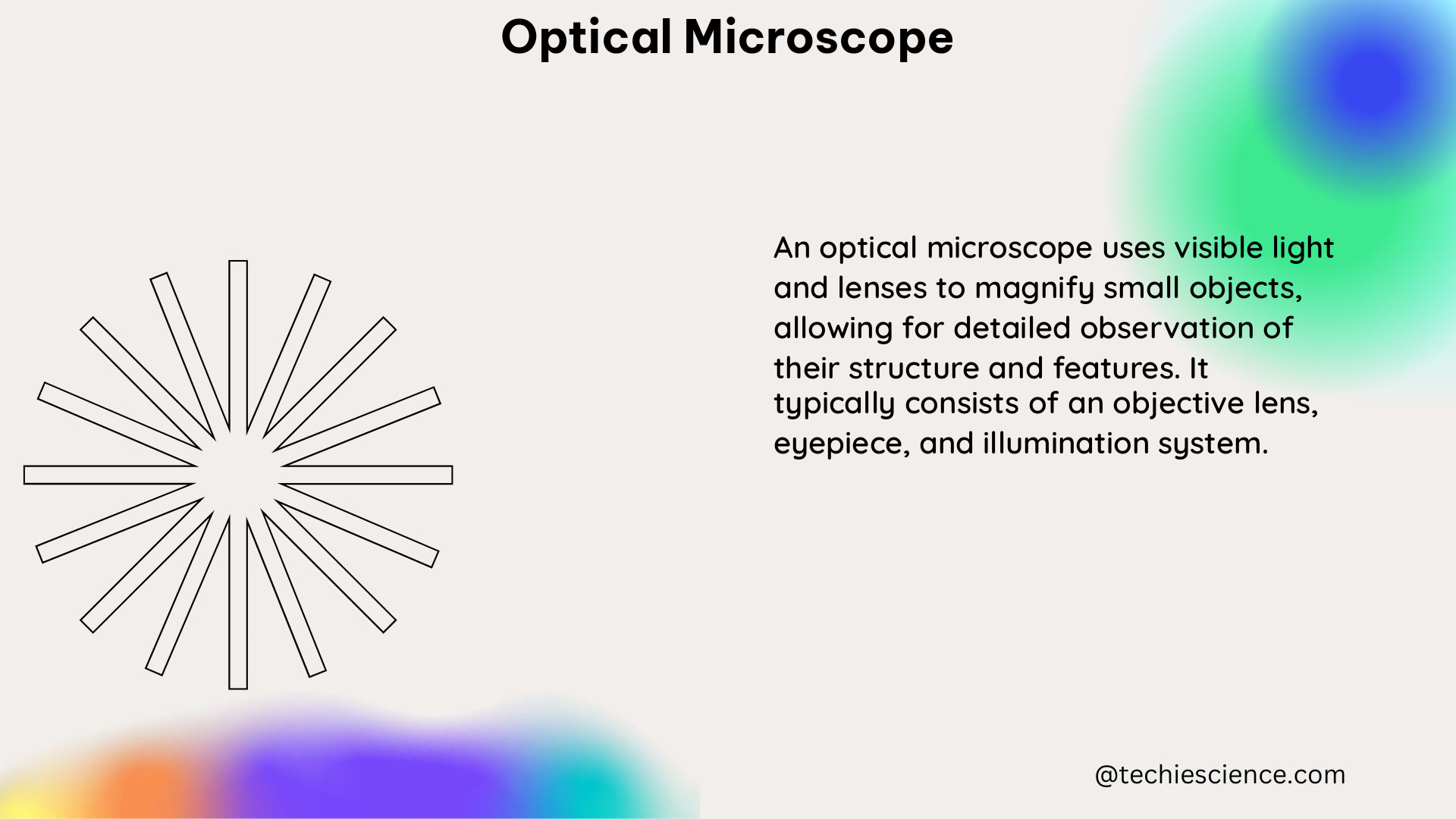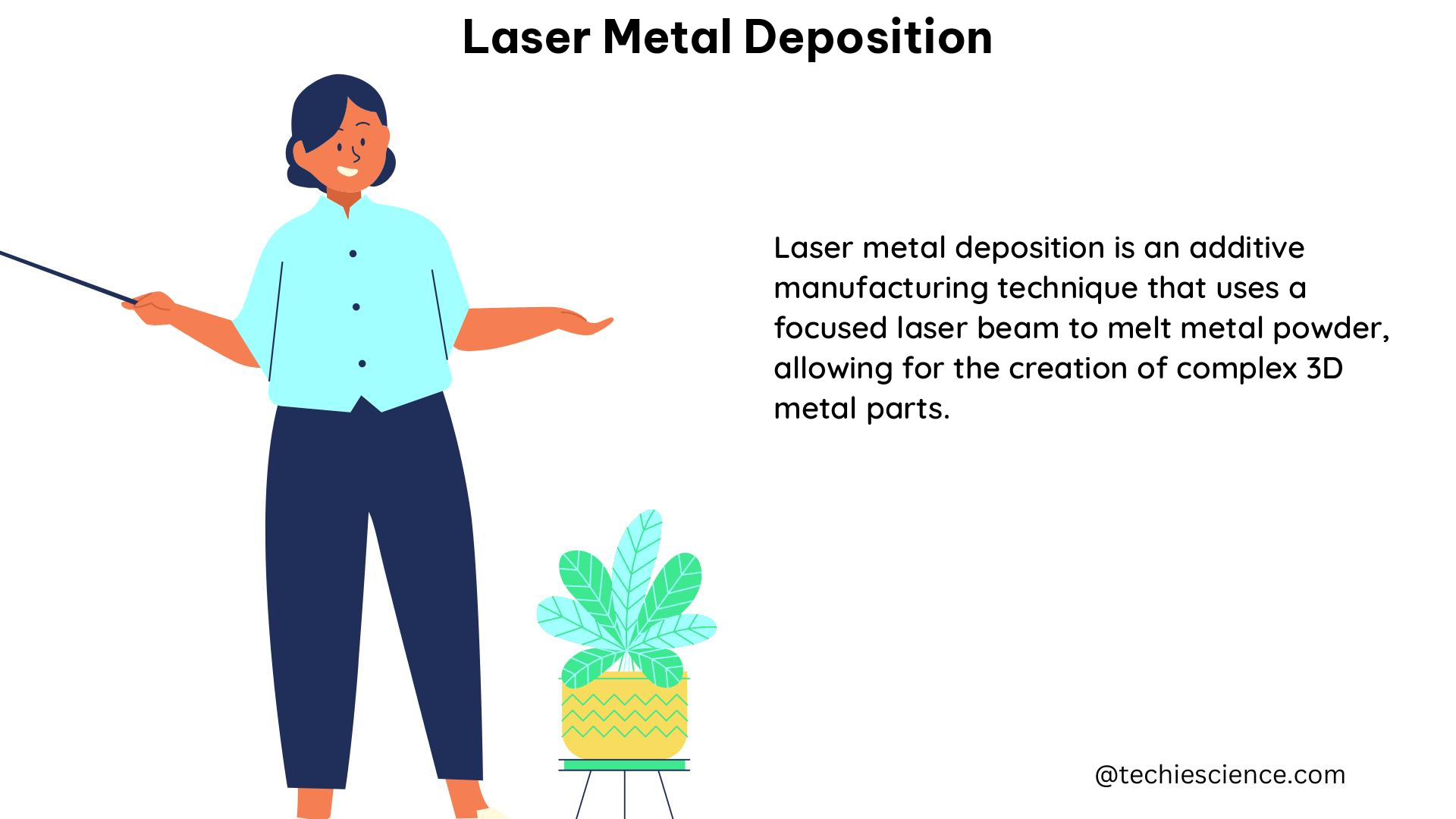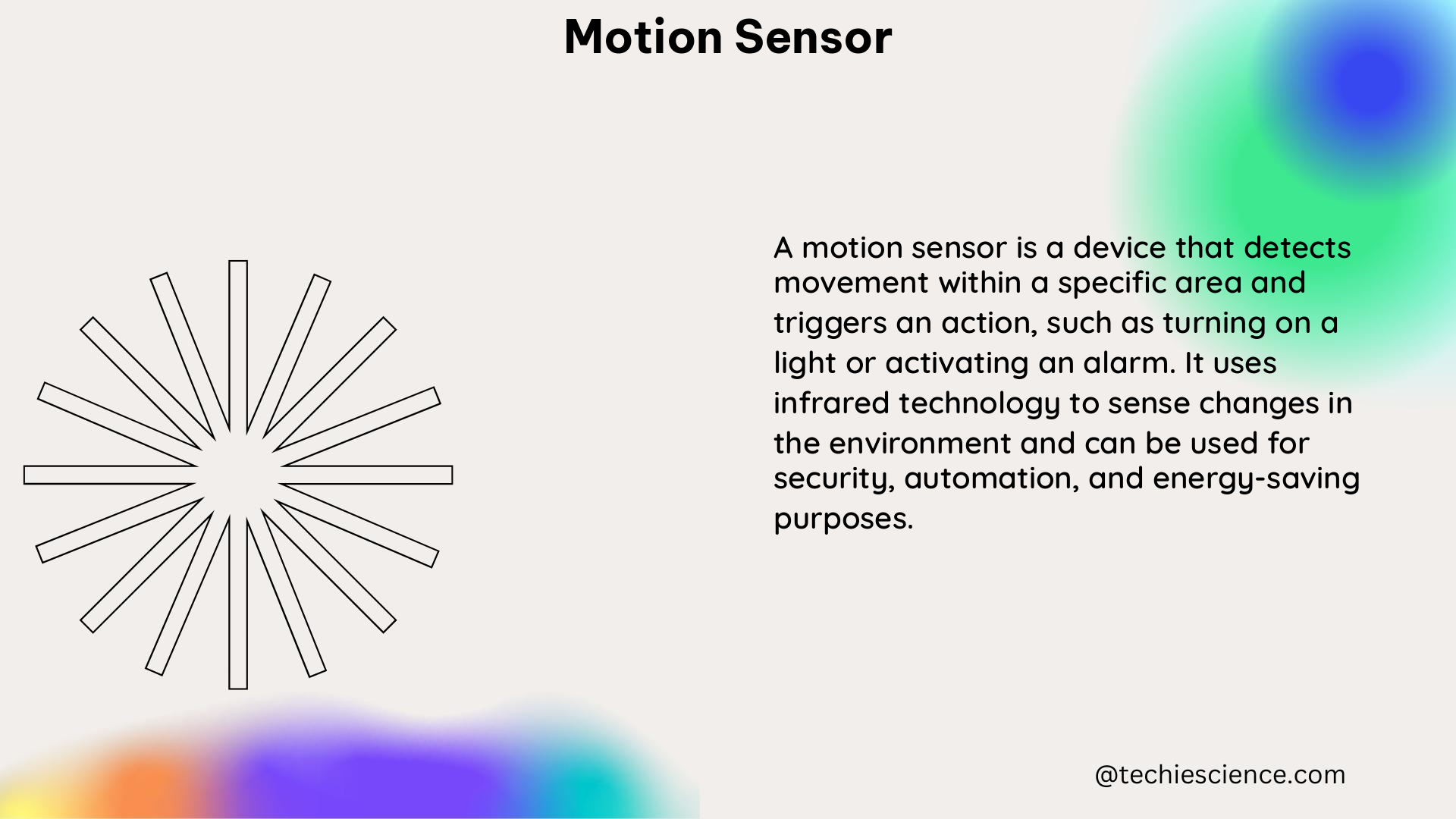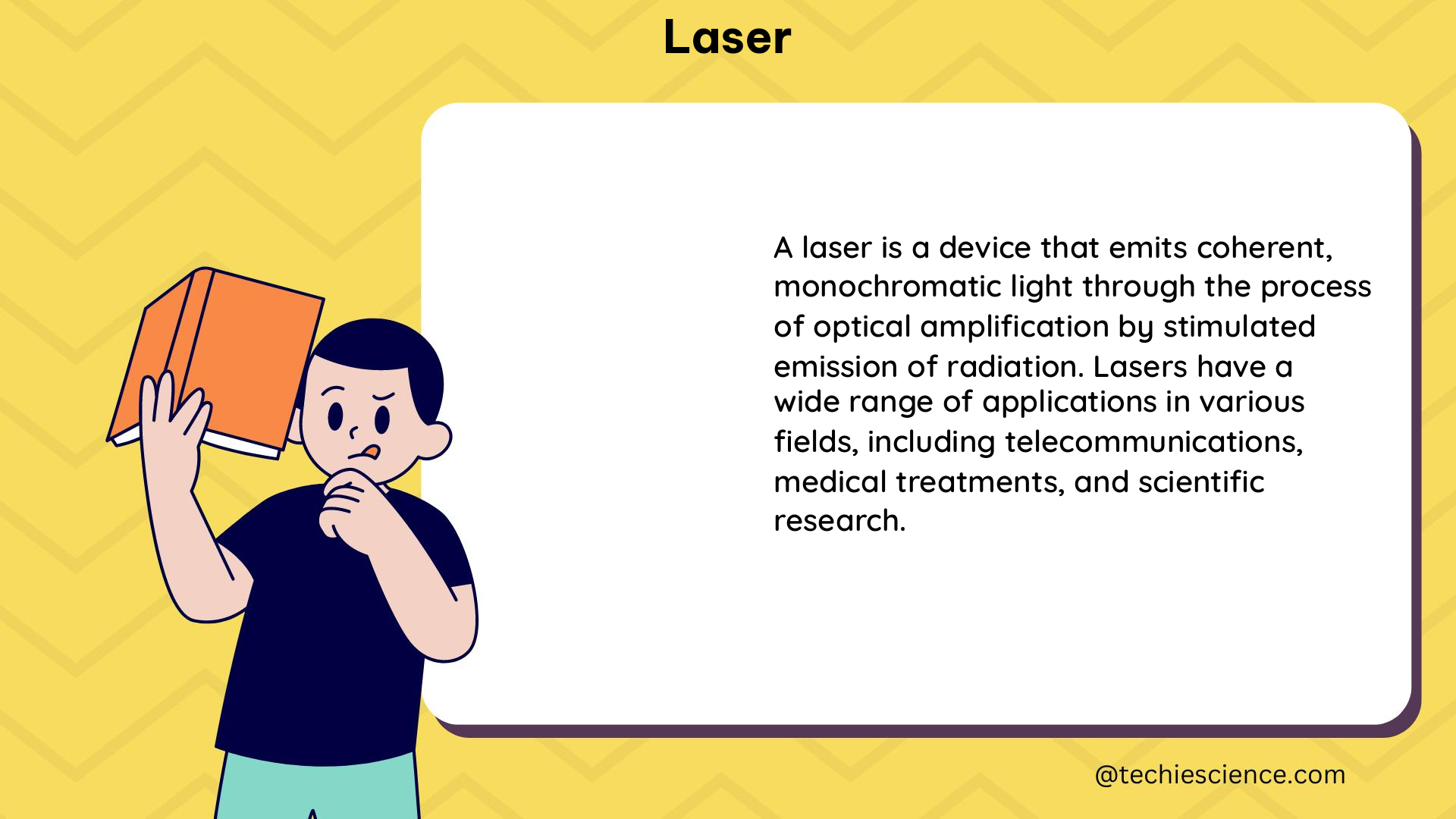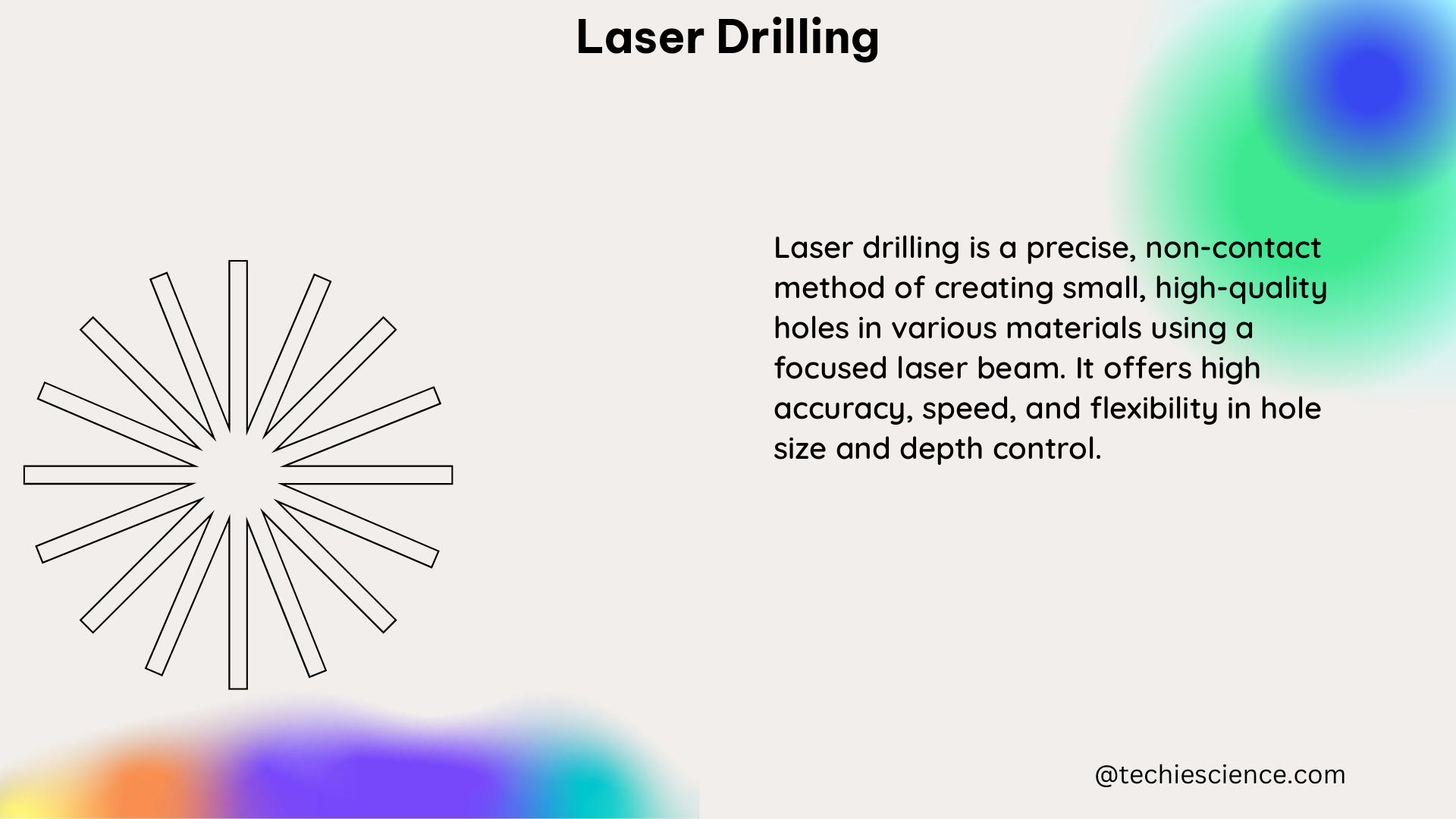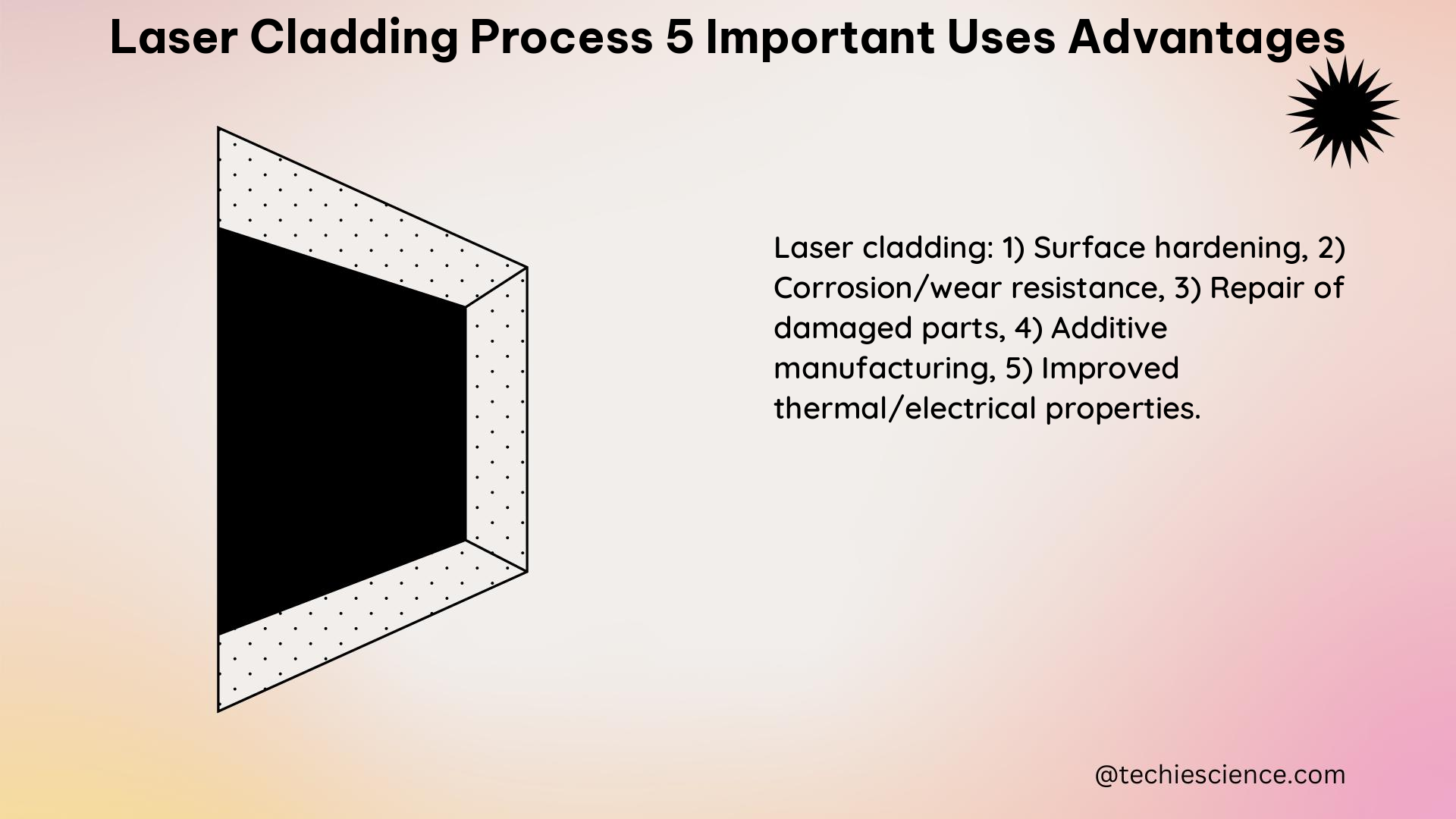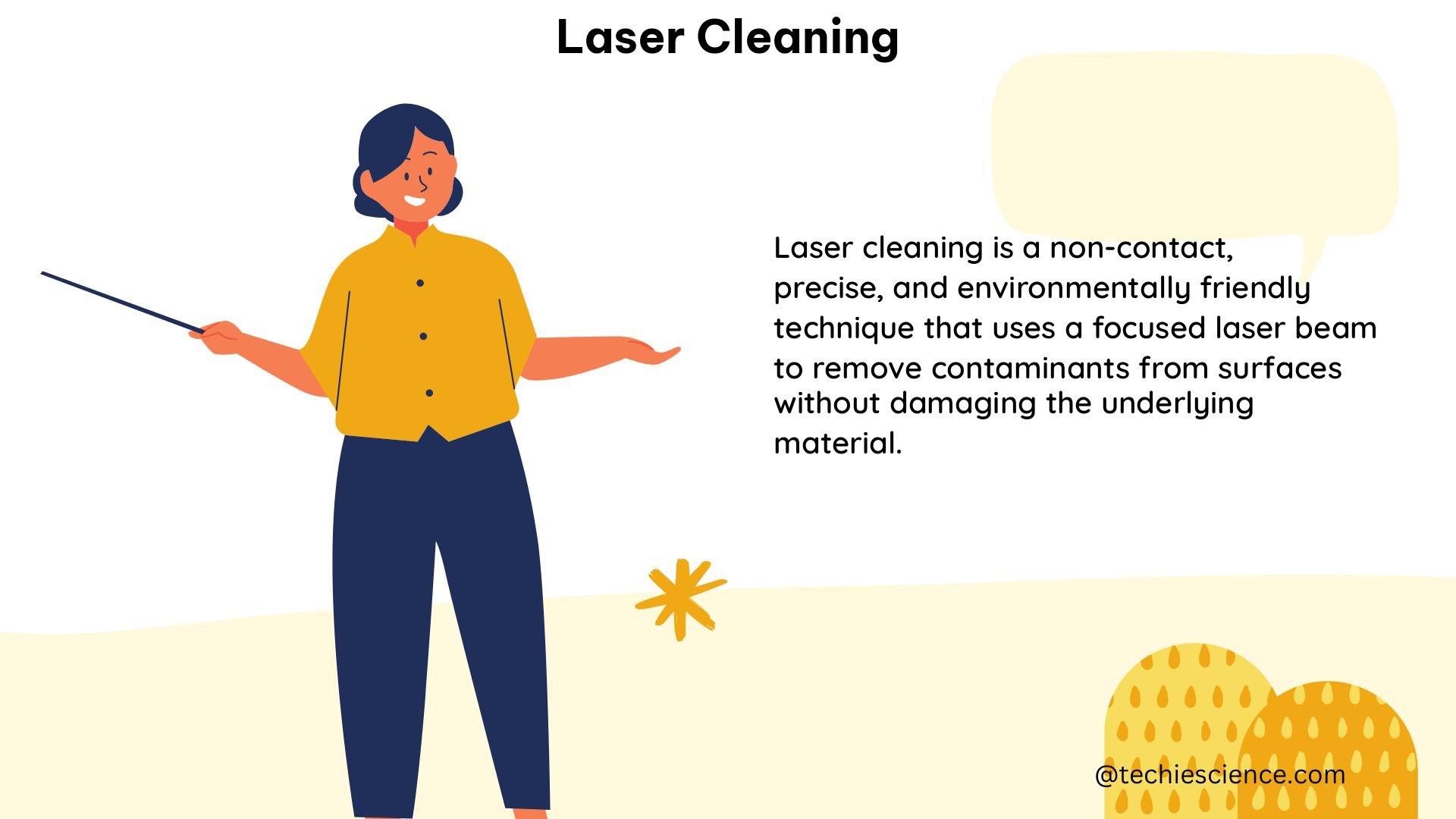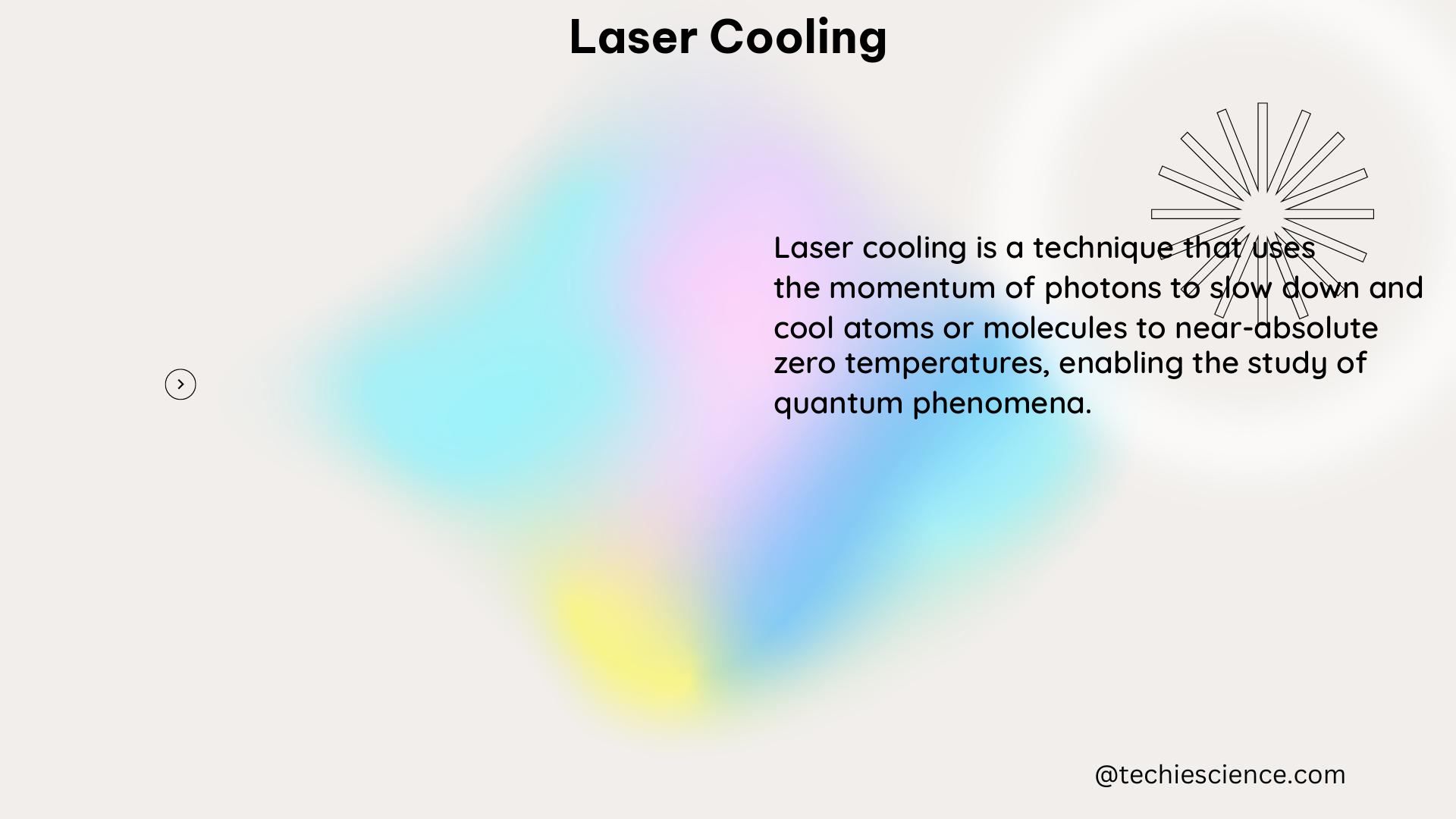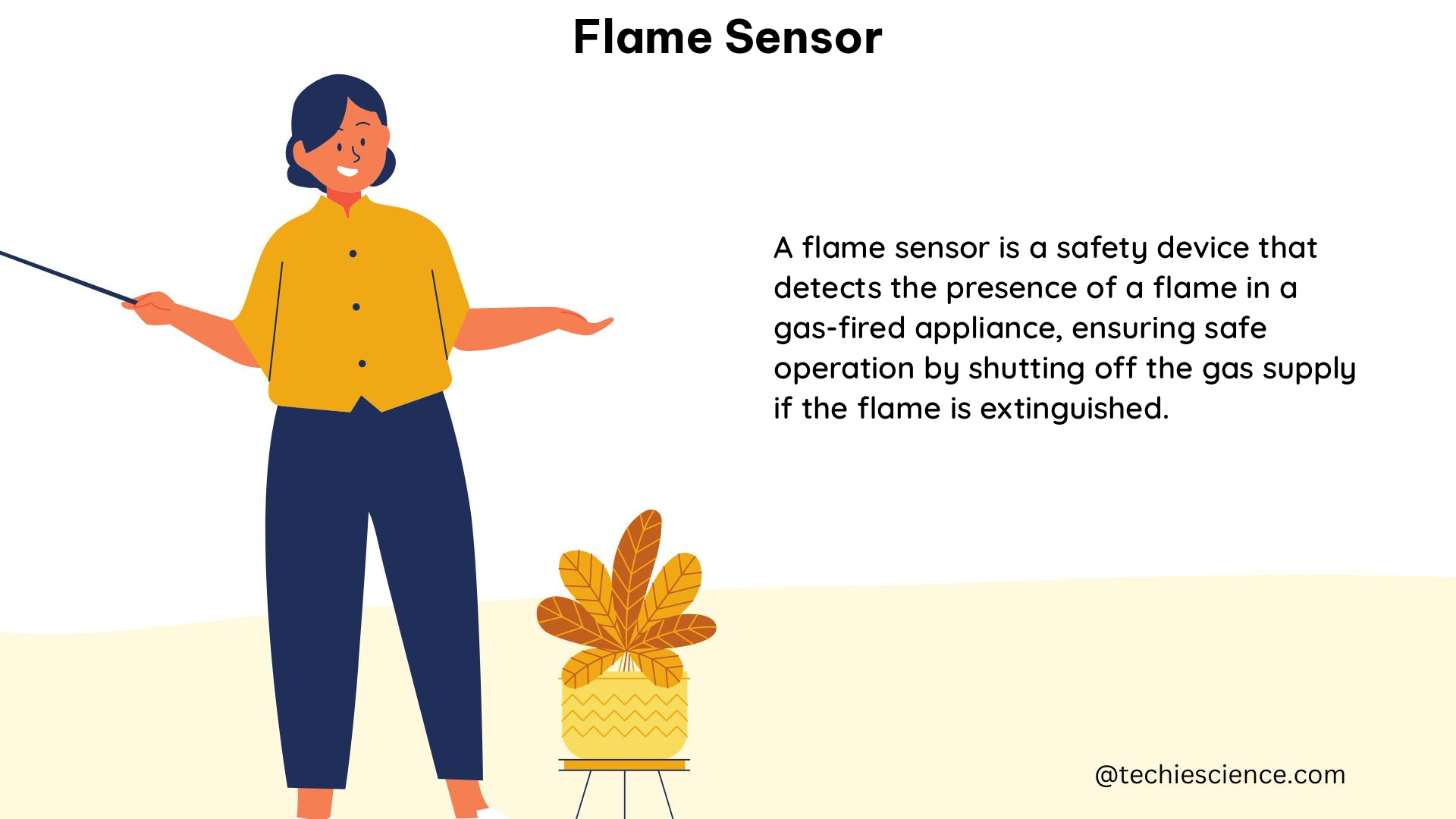Microscopes are essential tools in the fields of science, medicine, and research, allowing us to explore the microscopic world in unprecedented detail. From the basic brightfield microscope to the advanced super-resolution microscope, each type of microscope has its own unique technical specifications, capabilities, and applications. In this comprehensive guide, we will delve into the intricacies of the most common types of microscopes, providing you with a detailed understanding of their features and specifications.
Brightfield Microscope
The brightfield microscope is the most widely used and fundamental type of microscope. It utilizes a light source positioned below the specimen to illuminate it, producing a direct image. The technical specifications of a brightfield microscope include:
Magnification Range:
– 40x to 1000x
Resolution:
– 200 nanometers (nm) to 2 micrometers (μm)
Field of View:
– 0.6 millimeters (mm) to 1.2 mm
Light Source:
– Halogen or Light-Emitting Diode (LED)
The brightfield microscope is commonly used for a variety of applications, such as observing stained biological samples, examining thin sections of tissues, and analyzing the morphology of cells and microorganisms.
Fluorescence Microscope
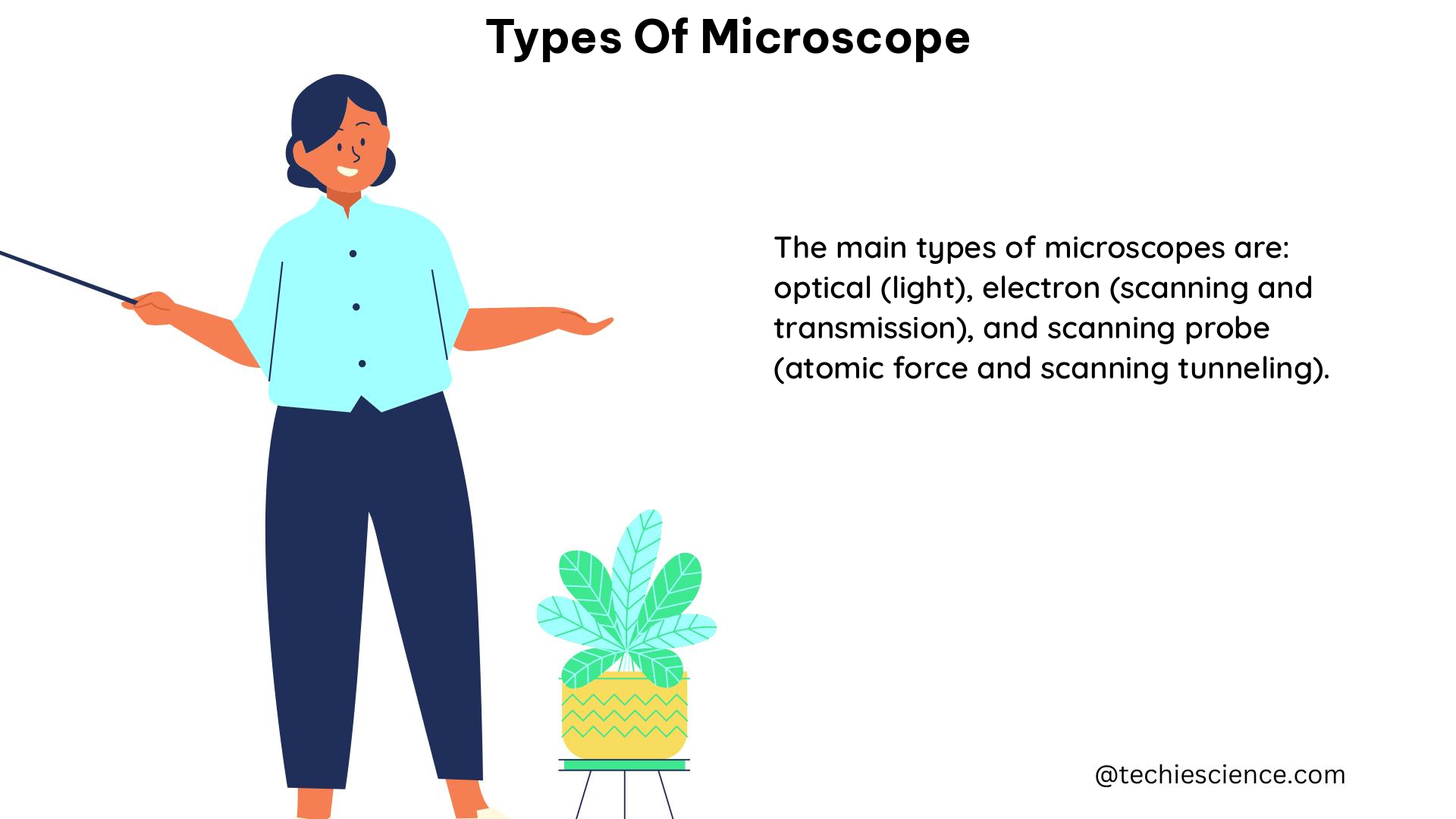
Fluorescence microscopes utilize fluorescent dyes or proteins to label specific structures or molecules within a specimen. These microscopes excite the fluorophores with a specific wavelength of light and detect the emitted light at a longer wavelength, allowing for the visualization of targeted components. The technical specifications of a fluorescence microscope include:
Magnification Range:
– 10x to 100x
Resolution:
– 200 nm to 500 nm
Field of View:
– 0.2 mm to 2 mm
Light Source:
– Mercury or Xenon lamp, Light-Emitting Diode (LED), or laser
Excitation and Emission Filters:
– Filters that select the appropriate wavelengths for excitation and emission
Fluorescence microscopy is widely used in cell biology, molecular biology, and neuroscience research, enabling the visualization of specific proteins, organelles, or signaling pathways within living cells.
Phase Contrast Microscope
Phase contrast microscopes employ a specialized optical system to convert phase differences in the light passing through the specimen into amplitude differences, resulting in a high-contrast image. This technique is particularly useful for observing living cells and transparent specimens. The technical specifications of a phase contrast microscope include:
Magnification Range:
– 40x to 1000x
Resolution:
– 200 nm to 2 μm
Field of View:
– 0.6 mm to 1.2 mm
Light Source:
– Halogen or Light-Emitting Diode (LED)
Phase contrast microscopy is commonly used in cell biology, microbiology, and developmental biology to study the internal structures and dynamics of living cells without the need for staining or labeling.
Confocal Microscope
Confocal microscopes use a pinhole to eliminate out-of-focus light, producing high-resolution, three-dimensional images of thick specimens. They can also perform optical sectioning and generate Z-stack images. The technical specifications of a confocal microscope include:
Magnification Range:
– 10x to 100x
Resolution:
– 100 nm to 300 nm
Field of View:
– 0.1 mm to 1 mm
Light Source:
– Argon ion laser, Helium-Neon (HeNe) laser, diode laser, or Light-Emitting Diode (LED)
Pinhole Size and Position:
– The size and position of the pinhole are critical for achieving optimal resolution and contrast.
Confocal microscopy is widely used in cell biology, neuroscience, and developmental biology to study the three-dimensional structure and dynamics of cells and tissues, as well as to perform high-resolution imaging of fluorescently labeled samples.
Super-Resolution Microscope
Super-resolution microscopes employ advanced techniques, such as Stimulated Emission Depletion (STED), Photoactivated Localization Microscopy (PALM), and Stochastic Optical Reconstruction Microscopy (STORM), to overcome the diffraction limit of light and achieve resolutions below 100 nanometers. These microscopes are particularly useful for observing molecular structures and interactions in living cells. The technical specifications of a super-resolution microscope include:
Magnification Range:
– 60x to 100x
Resolution:
– 20 nm to 100 nm
Field of View:
– 0.05 mm to 0.2 mm
Light Source:
– Laser or Light-Emitting Diode (LED)
Excitation and Emission Filters:
– Filters that select the appropriate wavelengths for excitation and emission
Super-resolution microscopy has revolutionized the field of cell biology, allowing researchers to visualize and study the intricate details of cellular structures and processes at the nanoscale level.
DIY Microscope Kits
For those interested in exploring the world of microscopy on a budget, DIY microscope kits offer an affordable and accessible option. These kits typically include a lens, a light source, a stage, and a camera or smartphone adapter. The technical specifications of DIY microscope kits vary depending on the kit, but they generally have lower magnification and resolution compared to professional-grade microscopes. Typical specifications include:
Magnification Range:
– 10x to 40x
Resolution:
– 1 μm to 2 μm
DIY microscope kits provide an excellent opportunity for students, hobbyists, and amateur scientists to build their own microscopes and explore the microscopic world on a budget. While they may not match the performance of high-end professional microscopes, these kits can still be valuable tools for learning and experimentation.
Conclusion
In this comprehensive guide, we have explored the technical specifications and key features of the most common types of microscopes, from the basic brightfield microscope to the advanced super-resolution microscope. Each type of microscope has its own unique capabilities and applications, catering to the diverse needs of the scientific community. Whether you are a student, a researcher, or an enthusiast, understanding the intricacies of these microscopes will empower you to make informed decisions and unlock the secrets of the microscopic world.
References:
– Olympus Microscopy Resource Center
– Microscopy U
– Wiley Online Library
